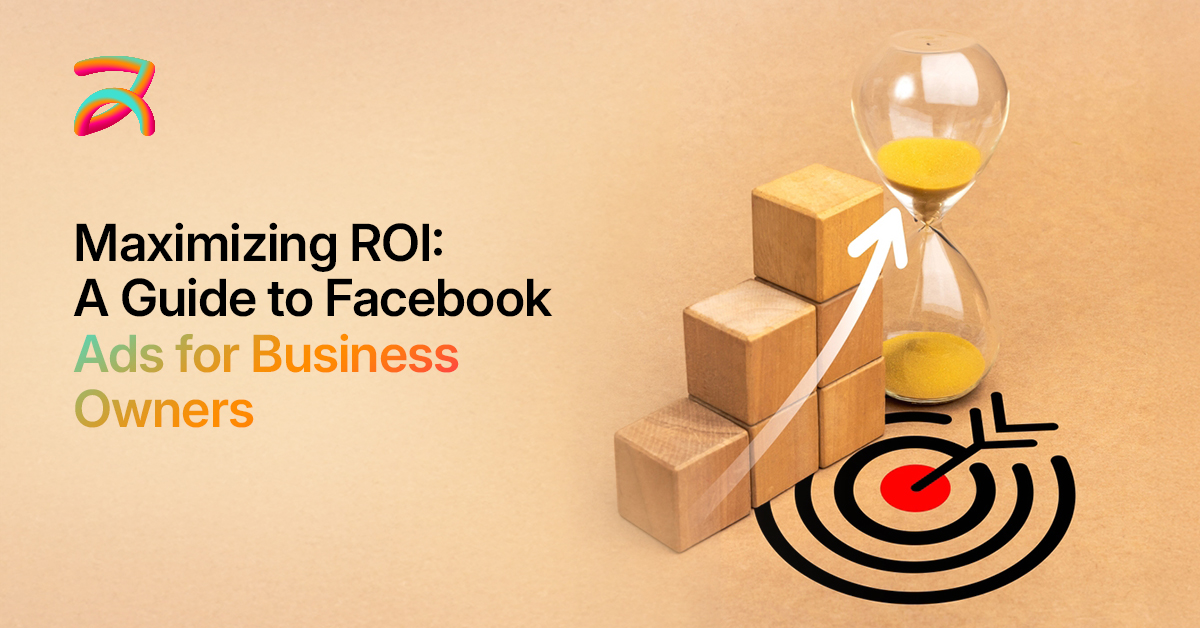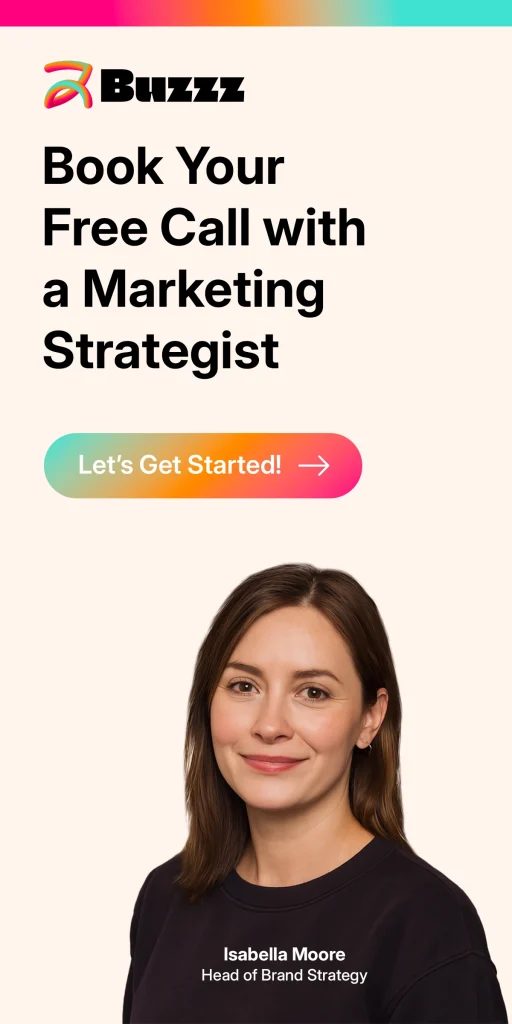Many business owners face challenges with Facebook Ads, often seeing poor returns on their investment and struggling to understand why their campaigns aren’t delivering the results they expect.
This frustration not only wastes time and money but also hinders growth, preventing businesses from reaching their full potential. Without the right strategy in place, it’s easy to feel like you’re throwing money at ads without seeing any real progress.
In this guide, we’ll walk you through how to maximize your ROI with Facebook Ads. You’ll learn how to fine-tune your ad targeting, create engaging content, and optimize your campaigns to drive meaningful results. Get ready to make every dollar you spend on Facebook Ads count for your business.
Why Facebook Ads Matter for Business Owners
As a business owner, you’re probably always looking for ways to grow your brand, attract new customers, and increase sales. Facebook Ads can help you do all of that and more. But why exactly should you care about Facebook Ads? Let’s break it down.
Facebook’s Massive Reach
Facebook is the world’s largest social media platform, with over 3.07 billion active users. That’s a huge audience! Your potential customers are probably already spending time on Facebook. Whether you’re running an online store or offering local services, Facebook gives you access to a massive pool of people.
The best part? Facebook Ads let you reach your audience exactly where they are. You don’t have to guess where your potential customers hang out chances are, they’re already on Facebook, waiting for you to reach them.
Precise Targeting for Maximum Effectiveness
What makes Facebook Ads so powerful is the ability to target specific people. You’re not just blasting your message to anyone and everyone; you’re targeting the right audience.
Here’s how Facebook helps you target:
- Demographics: Age, gender, location things you already know about your customers.
- Interests: Facebook knows what people like and what they engage with, so you can target based on their passions.
- Behaviors: You can target people who’ve recently made a purchase or are likely to buy again.
- Custom Audiences: If you have a list of customers, you can upload it and target them directly.
This level of precision helps you reach the people most likely to be interested in your products or services. It’s all about spending your ad budget wisely, making sure your ads reach people who actually matter.
Flexible Ad Formats for Every Business Need
Facebook Ads come in many different formats, so no matter your goal, there’s a way to showcase your business. Whether you want to increase brand awareness, show off your products, or drive traffic to your website, Facebook Ads have a format for that.
Here are some popular ad formats:
- Image Ads: Simple and effective perfect for showing off a product or service.
- Video Ads: Great for storytelling and showing how your product works.
- Carousel Ads: Show multiple products or features in one ad.
- Collection Ads: Especially useful for e-commerce businesses, these ads showcase a group of products in a visually appealing way.
With all these options, you can find a format that works best for your campaign and your audience.
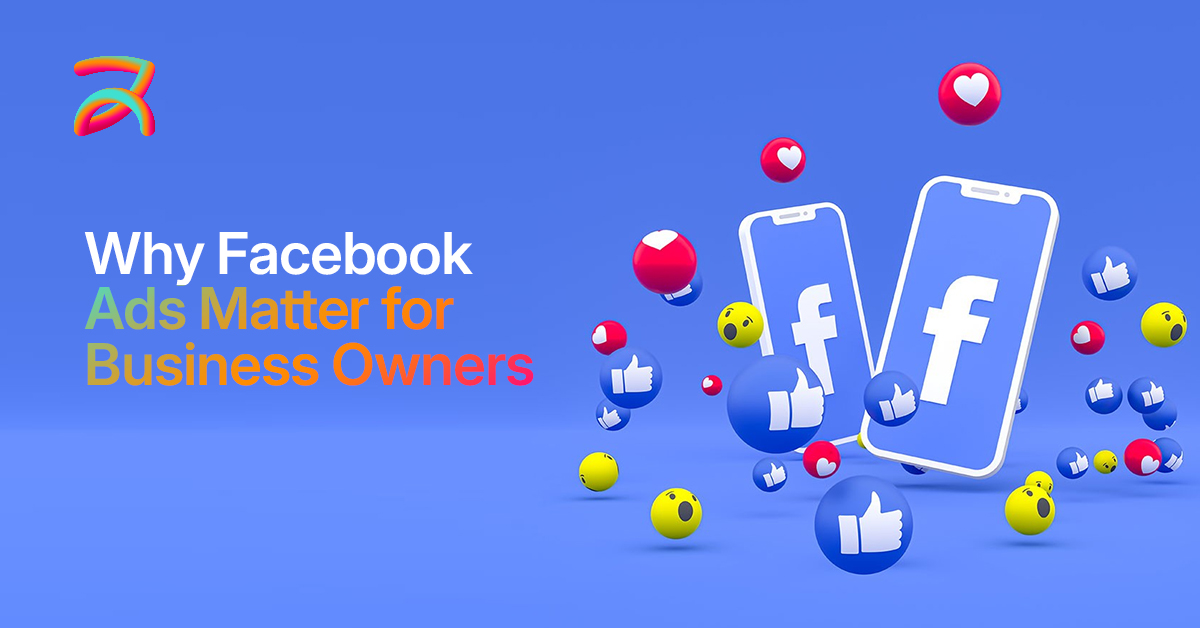
Setting Clear Goals for Your Facebook Ads Campaigns
Before you start creating Facebook Ads, take a step back and think about what you really want to achieve. As a meta advertising agency, we’ve seen that campaigns without clear goals often lead to wasted budget and underwhelming results. Define your objectives first it’s the foundation of any successful ad strategy.
So, how do you set goals that actually make a difference? Let’s talk through it.
Defining Your Business Objectives
The first step is figuring out what you want to achieve with your Facebook Ads. Are you trying to get the word out about your brand? Or are you focused on driving sales or getting more leads? Your goals will guide your ad strategy.
Here are some common goals for Facebook Ads:
- Brand Awareness: If you’re new or want to grow your presence, the goal is to get more people to know about your brand.
- Lead Generation: For businesses like service providers, collecting leads (like contact details) is key.
- Sales: For e-commerce, the ultimate goal is usually to drive purchases and boost conversions.
Once you know your goal, you can create ads that are tailored to achieving that specific result.
Aligning Your Goals with Your Business Strategy
Your Facebook Ads goals need to match up with your bigger business strategy. If your business focuses on local customers, for example, you should create ads that target people in your area. If you’re running a seasonal promotion, your ads should align with that event or sale.
The key is to make sure your Facebook Ads work alongside your other marketing efforts. If you’re promoting a sale through email or social media, your Facebook Ads should support that campaign.
Setting Measurable Key Performance Indicators (KPIs)
It’s not enough to just have goals you need to know if you’re hitting them. That’s where KPIs come in. KPIs are the numbers that show you whether your campaign is successful or needs improvement.
Here are some KPIs to track:
- Click-Through Rate (CTR): This tells you how many people clicked on your ad after seeing it. A higher CTR means your ad is interesting and relevant.
- Conversion Rate: How many people did what you wanted (made a purchase, filled out a form, etc.) after clicking your ad?
- Return on Ad Spend (ROAS): This is the revenue generated from your ads compared to what you spent. If you’re spending $10 and making $100, that’s a great ROAS.
Tracking these KPIs will help you measure the effectiveness of your Facebook Ads and make adjustments if needed
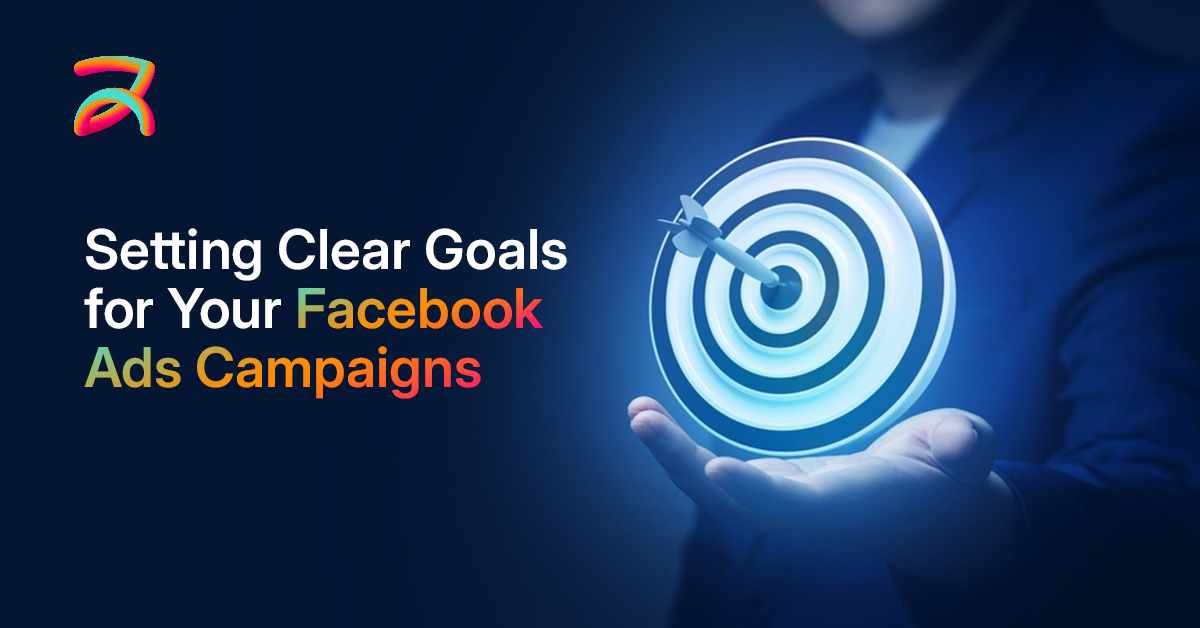
Audience Targeting: Reaching the Right People
One of the most powerful features of Facebook Ads is the ability to target your audience precisely. Gone are the days of random ads being shown to everyone. With Facebook, you can ensure that your ads are seen by people who are most likely to be interested in what you offer.
Demographics: Age, Gender, Location, and More
Facebook allows you to target people based on basic demographics. This means you can show your ads to specific age groups, genders, and locations. Whether you’re targeting people in a particular city or a specific age range, these basic filters are a great starting point.
For example, if you own a fitness studio, you can target people within a certain age group in your local area who might be interested in health and fitness. It’s about getting your message in front of the people who need it the most.
Interests and Behaviors: Getting Even More Specific
Facebook takes targeting to the next level with its interest and behavior-based targeting. The platform tracks user interactions across Facebook and Instagram, so you can show your ads to people who have shown interest in things related to your business.
Want to target pet lovers? Facebook knows who is interested in pets, pet products, and pet services. The same goes for sports fans, beauty enthusiasts, and more. You can also target based on behaviors, like frequent travelers or online shoppers, to ensure your ad reaches people who are likely to act on it.
Custom Audiences: Retargeting and Lookalike Audiences
If you’ve already built a customer base or have a list of email subscribers, Facebook’s Custom Audiences feature allows you to upload that list and show ads directly to those people. This is a great way to reconnect with people who are already familiar with your business.
Another powerful tool is Lookalike Audiences. This feature lets you target people who are similar to your existing customers Facebook will analyze the behaviors and demographics of your current customers and find people who match. This means you’re reaching potential customers who are already likely to be interested in what you offer.
By using these audience targeting features, you can ensure that your ads are shown to the right people people who are most likely to convert into customers.
Crafting Compelling Ads That Convert
Once you’ve identified your audience, it’s time to create ads that not only catch their attention but also inspire them to take action. Crafting compelling meta ads is key to boosting engagement and driving conversions.
Writing Effective Ad Copy
Your ad copy is your chance to grab your audience’s attention and convince them that your product or service is exactly what they need. Here’s how to make your copy stand out:
- Start with a strong hook: The first few words of your ad should grab attention. Whether it’s a question, bold statement, or offer, you want to make your audience stop scrolling.
- Clearly state the benefit: Let them know what’s in it for them. Focus on how your product or service solves a problem or adds value to their life.
- Use a strong call to action (CTA): Don’t leave them guessing about what to do next. Tell them exactly what you want them to do whether it’s “Shop Now,” “Learn More,” or “Sign Up Today.”
Designing Visuals That Capture Attention
Facebook is a visual platform, and your ad’s image or video can make a huge difference in its success. A good visual can convey a message faster than words alone. Here are some tips for creating visuals that stand out:
- Use high-quality images or videos: Blurry or low-resolution visuals will make your business look unprofessional and may turn people away.
- Make it relevant: The image or video should match the message in your ad copy. If you’re promoting a new product, show the product in the ad.
- Consider video: Videos tend to perform better because they’re more engaging. Even a short, simple video can be more effective than static images.
- Keep it simple: Avoid cluttered visuals. A clean, simple design with a clear focal point is more likely to catch the eye.
Testing Different Versions of Your Ads
Don’t settle for the first version of your ad. Facebook Ads allow you to run A/B tests, so you can test different ad variations to see what works best. Test different:
- Headlines
- Ad copy
- Images or videos
- Calls to action
By continually testing and refining your ads, you’ll be able to find the winning combination that drives the most conversions.
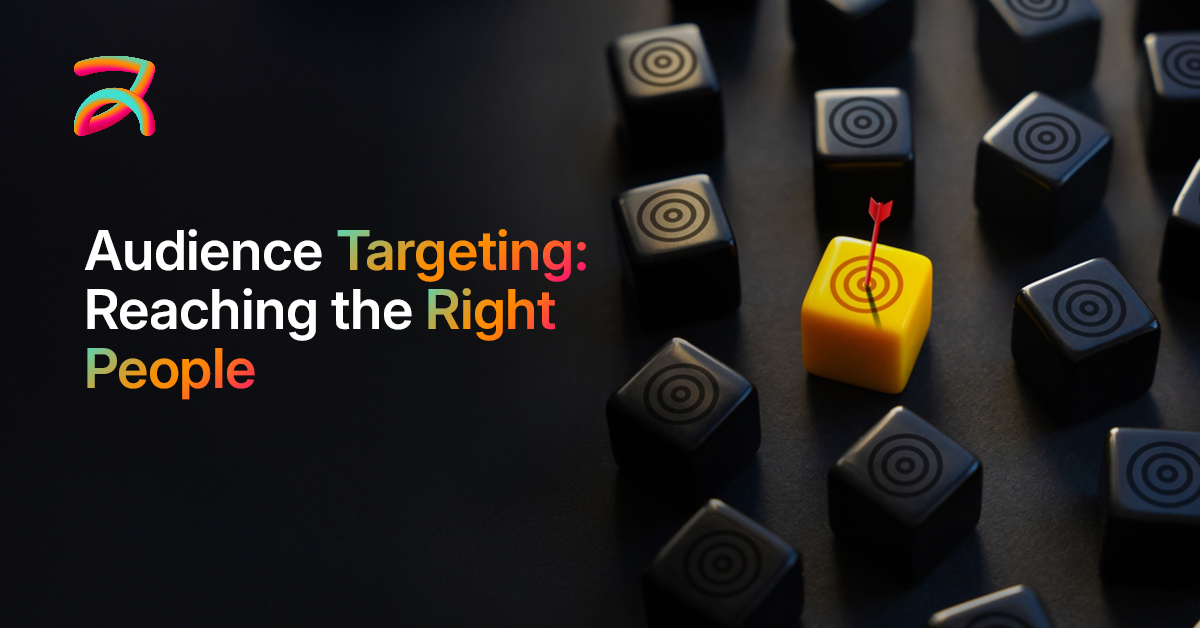
Budgeting for Facebook Ads: How Much Should You Spend?
Setting a budget for Facebook Ads can be a bit overwhelming, but it’s one of the most important steps to ensure your campaign is successful. The cost to advertise on Facebook and Instagram depends on factors like your industry, target audience, and campaign objectives. So, how much should you spend and how do you allocate that money for the best results? Let’s break it down.
Understanding Facebook’s Pricing Models
Facebook offers a few different pricing models for ads, depending on your campaign goals. The most common ones are:
- Cost Per Click (CPC): You pay every time someone clicks on your ad. This model works well for driving traffic to your website or landing page.
- Cost Per Thousand Impressions (CPM): You pay for every 1,000 people who see your ad. This model is great for brand awareness campaigns where your goal is to reach as many people as possible.
- Cost Per Action (CPA): You pay when someone takes a specific action on your ad, like making a purchase or signing up for your newsletter.
Understanding these pricing models helps you choose the one that aligns with your campaign goal.
Setting a Budget: Daily vs. Lifetime
When creating a Facebook Ad campaign, you’ll need to choose a budget type:
- Daily Budget: This is the amount you’re willing to spend per day. Facebook will try to evenly distribute this budget across the day.
- Lifetime Budget: This is the total amount you’re willing to spend over the entire campaign. Facebook will adjust your daily spend based on performance to ensure the budget is used efficiently.
A daily budget is a good option if you want more control over your spend each day. A lifetime budget is better for campaigns that run over a longer period.
How Much Should You Spend?
The answer depends on your goals, audience, and the results you’re expecting. But here are some guidelines:
- Start small and test your ads with a modest budget. This allows you to see which ads perform best without breaking the bank.
- Gradually increase your budget for ads that are performing well. If you’re getting a good return, don’t be afraid to scale your campaigns.
- Keep in mind, the more competitive your industry, the higher the cost to run ads. For example, ads in industries like real estate or finance might cost more than ads in other niches.
You don’t have to spend a fortune to see results with Facebook Ads. Start small, monitor performance, and adjust your budget as you go.
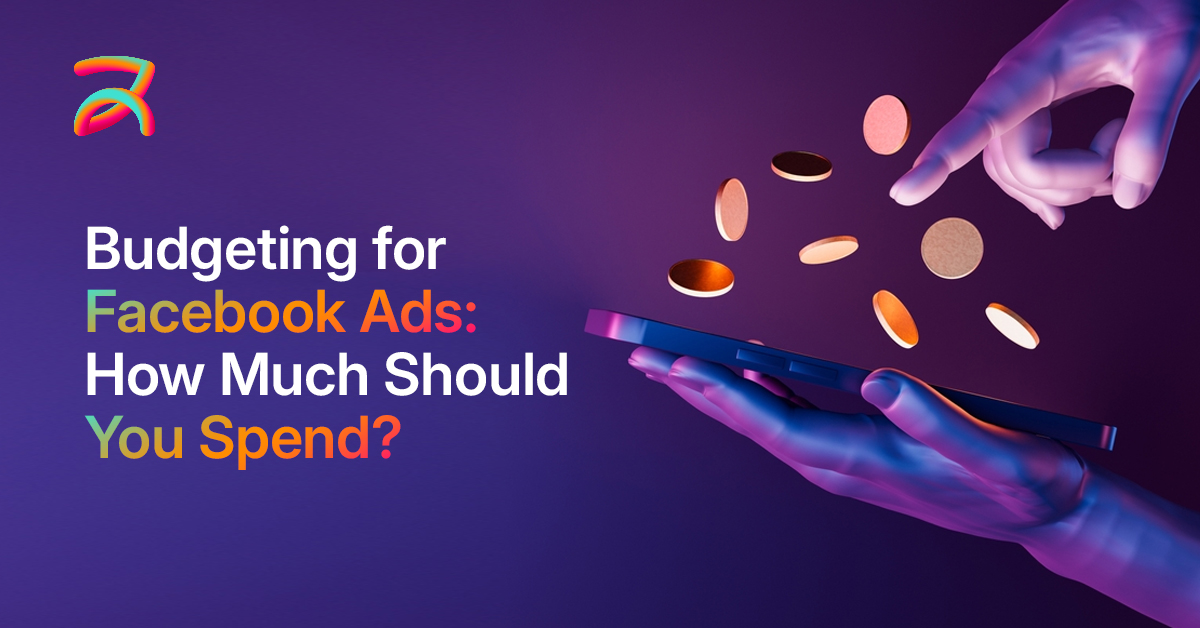
A/B Testing and Optimization: Ensuring Maximum ROI
One of the best ways to get more out of your Facebook Ads something we often stress in our Facebook ads ROI guide is through A/B testing. Testing different variations helps you fine-tune your ads, improve performance, and ultimately boost your ROI.
What is A/B Testing and Why is it Important?
A/B testing involves creating two or more versions of the same ad to test small variations. For example, you might change the headline, the image, or even the call to action (CTA) and run both versions of the ad at the same time. The idea is to see which version performs better, so you can scale what works.
A/B testing is important because it helps you:
- Identify what resonates with your audience:By testing different ad variations, you can learn what your audience likes and what doesn’t work.
- Improve your ad performance:Small changes like tweaking the copy or changing the image can lead to better results and lower costs.
- Optimize your ad spend:Instead of guessing what works, A/B testing helps you make data-driven decisions to ensure every penny spent is getting you closer to your goals.
How to Conduct Effective A/B Tests
Here are a few tips to make sure your A/B tests are effective:
- Test one element at a time: To know exactly what’s making the difference, only test one variable per test whether it’s the image, copy, or CTA.
- Run tests with enough data: Ensure you get a large enough sample size to make valid conclusions. Running a test on a small budget with very few impressions won’t give you reliable results.
- Use Facebook’s built-in A/B testing tools: Facebook Ads Manager offers tools to set up and analyze A/B tests, making it easier for you to run tests and track results.
Implementing Changes Based on Test Results
Once you’ve identified which version of your ad works best, you can apply that learning to your future campaigns. It’s all about optimization the process of continuously improving your ads to ensure you’re getting the best possible ROI.
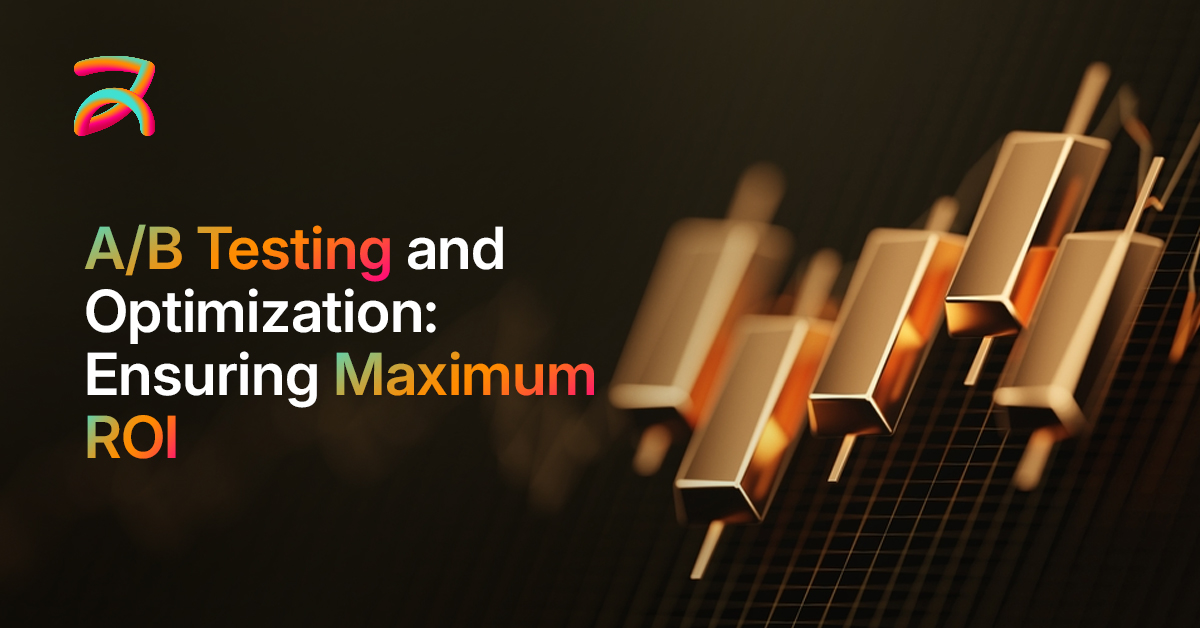
Tracking and Measuring the Success of Your Ads
Tracking the success of your Facebook Ads is essential to understand what’s working and what’s not. Without proper tracking, you won’t know if your ads are generating a return or if your budget is being wasted.
Key Metrics to Track
To measure the success of your ads, you need to keep an eye on key metrics. These metrics will tell you whether your ads are meeting your goals.
Here are some essential metrics to track:
- Click-Through Rate (CTR): This is the percentage of people who clicked on your ad after seeing it. A high CTR indicates that your ad is grabbing attention and encouraging people to take action.
- Conversion Rate: This metric tracks how many people completed the desired action after clicking your ad whether it’s making a purchase, filling out a form, or subscribing to a newsletter.
- Return on Ad Spend (ROAS): ROAS is the revenue you make from your ads compared to what you spent on them. It’s a direct measure of how profitable your campaign is.
- Cost Per Acquisition (CPA): CPA is how much you spend to acquire one customer or lead. It helps you assess if your ad spend is too high for the value it brings.
Facebook Ads Manager: Your Best Friend for Tracking
Facebook Ads Manager is a powerful tool for tracking your ads’ performance. It provides detailed insights into how your ads are performing across various metrics, helping you make data-driven decisions. Some key features include:
Here are some essential metrics to track:
- Performance Breakdown: View how your ads perform based on various demographics like age, location, and device.
- Custom Reports: You can create custom reports to track specific KPIs and measure them against your business goals.
- Facebook Pixel: The Facebook Pixel is a small piece of code that you place on your website to track conversions and retarget visitors. It helps you measure the effectiveness of your ads beyond just clicks.
Adjusting Your Campaigns Based on Data
Once you have all the data, it’s time to take action. If certain ads aren’t performing well, you can pause them, adjust their targeting, or change the creatives. The goal is to keep improving your campaigns based on the data you collect
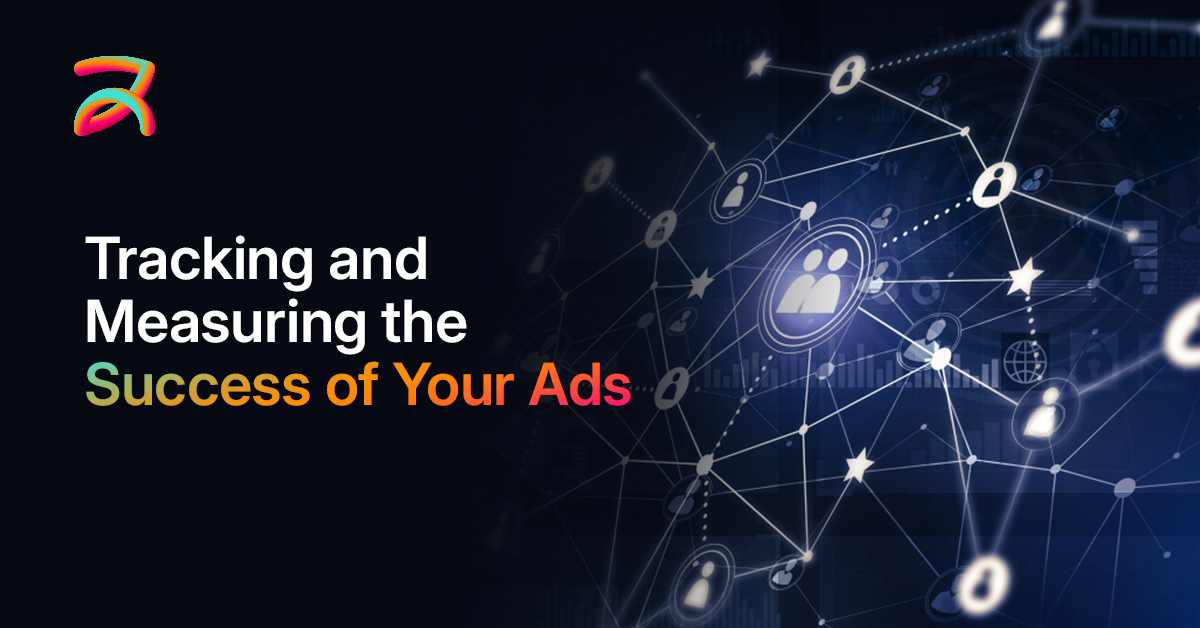
Advanced Strategies to Further Maximize ROI
If you’ve got the basics down and you’re ready to take your Facebook Ads to the next level, there are several advanced strategies you can implement to maximize your ROI even further.
Retargeting for Higher Conversions
One of the most effective advanced strategies is retargeting. Retargeting ads are shown to people who have already interacted with your business whether they’ve visited your website or engaged with your previous ads.
Retargeting is effective because it targets people who have already shown interest in your product or service. For example, if someone viewed your product but didn’t buy it, you can retarget them with an ad offering a discount or a special offer to encourage them to complete the purchase.
Dynamic Ads for Personalization
Dynamic Ads automatically show the right product to the right person based on their previous behavior. This means you can show people the exact products they’ve viewed on your website or similar items that might interest them.
By using Dynamic Ads, you’re providing a more personalized experience, which often leads to higher engagement and conversions.
Scaling Your Successful Campaigns
Once you find an ad that performs well, the next step is scaling. Scaling involves increasing your budget to reach a larger audience. But scaling isn’t as simple as just increasing the budget it’s about increasing reach while maintaining performance.
Here’s how to scale effectively:
- Gradually increase your budget: Increase your budget by 10-20% per day to avoid sudden drops in performance.
- Expand your targeting: If your current targeting is too narrow, try broadening it to reach a bigger audience.
- Test new ad creatives: Even when scaling, you should continue testing new creatives to keep your ads fresh and engaging.
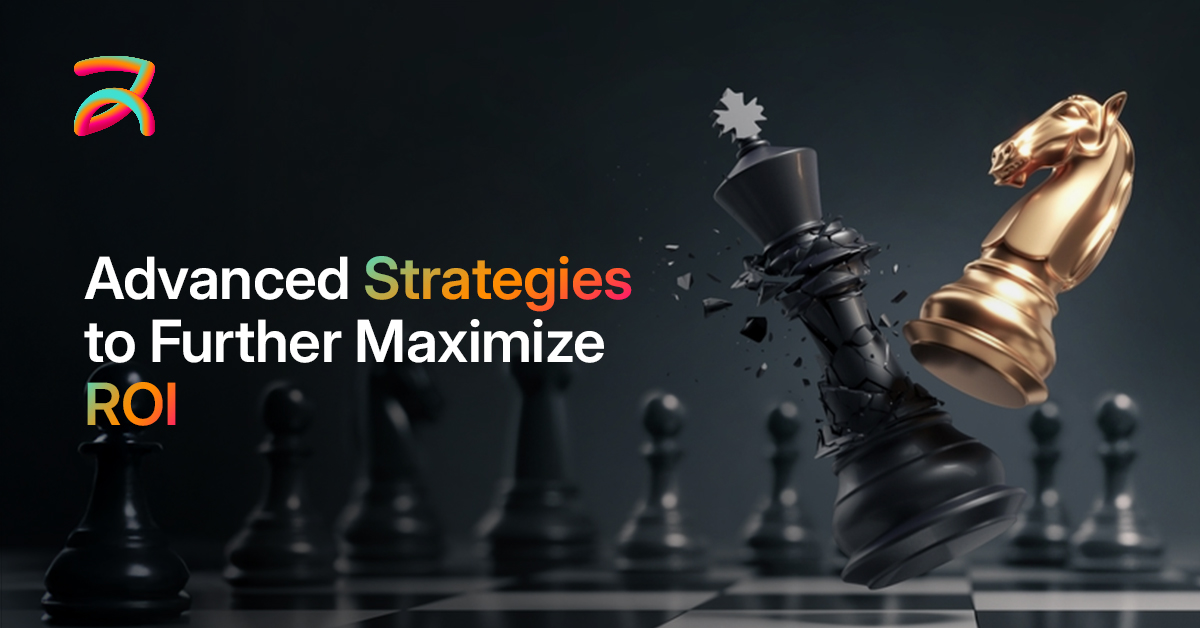
Common Mistakes to Avoid in Facebook Ads Campaigns
Facebook Ads can be incredibly powerful, but if you’re not careful, it’s easy to make mistakes that can hurt your ROI. Here are some common mistakes to watch out for and how to avoid them.
Overlooking Audience Research
Targeting the right audience is key to Facebook Ads success. If you don’t spend enough time understanding your audience’s needs, interests, and behaviors, you may end up wasting your ad spend on people who are unlikely to convert. Make sure to use Facebook’s audience insights and conduct thorough research before launching your ads.
Not Monitoring Campaigns Regularly
Facebook Ads require ongoing attention. If you launch a campaign and forget about it, you might miss opportunities to optimize your ads. Regularly check your campaigns to ensure they’re performing as expected and make adjustments when needed.
Ignoring Mobile Optimization
The majority of Facebook users access the platform on mobile devices, so it’s crucial that your ads are optimized for mobile. Poor mobile experience (e.g., slow loading times, unoptimized images) can lead to high bounce rates and low conversions. Always check how your ads look on mobile devices before launching them.
Setting and Forgetting Your Budget
Setting a budget and walking away is one of the worst things you can do. If your ads are performing well, you’ll want to increase the budget to get more results. But if they’re not performing, you need to adjust your targeting, creatives, or other variables to ensure better performance.
Not Using A/B Testing
Failing to A/B test your ads means you’re missing out on valuable insights. Without testing, you’ll never know if your ad copy, images, or targeting are working as well as they could be. Always test different versions to optimize your campaigns for the best performance.
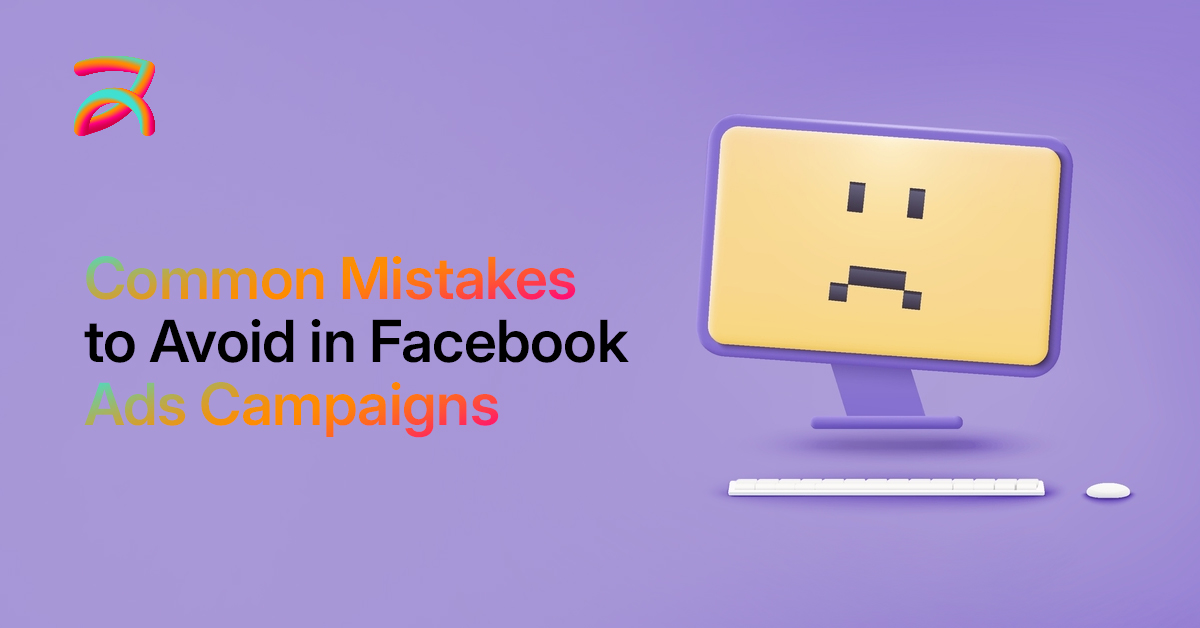
Conclusion
Running successful Facebook Ads is all about strategy, testing, and optimization. As part of a strong social media marketing plan, these ads can deliver serious ROI when targeted correctly, crafted well, and tracked consistently.
Avoid common mistakes, continue testing, and refine your campaigns to stay ahead. With the right approach, Facebook Ads can be a game-changer for your business growth.


